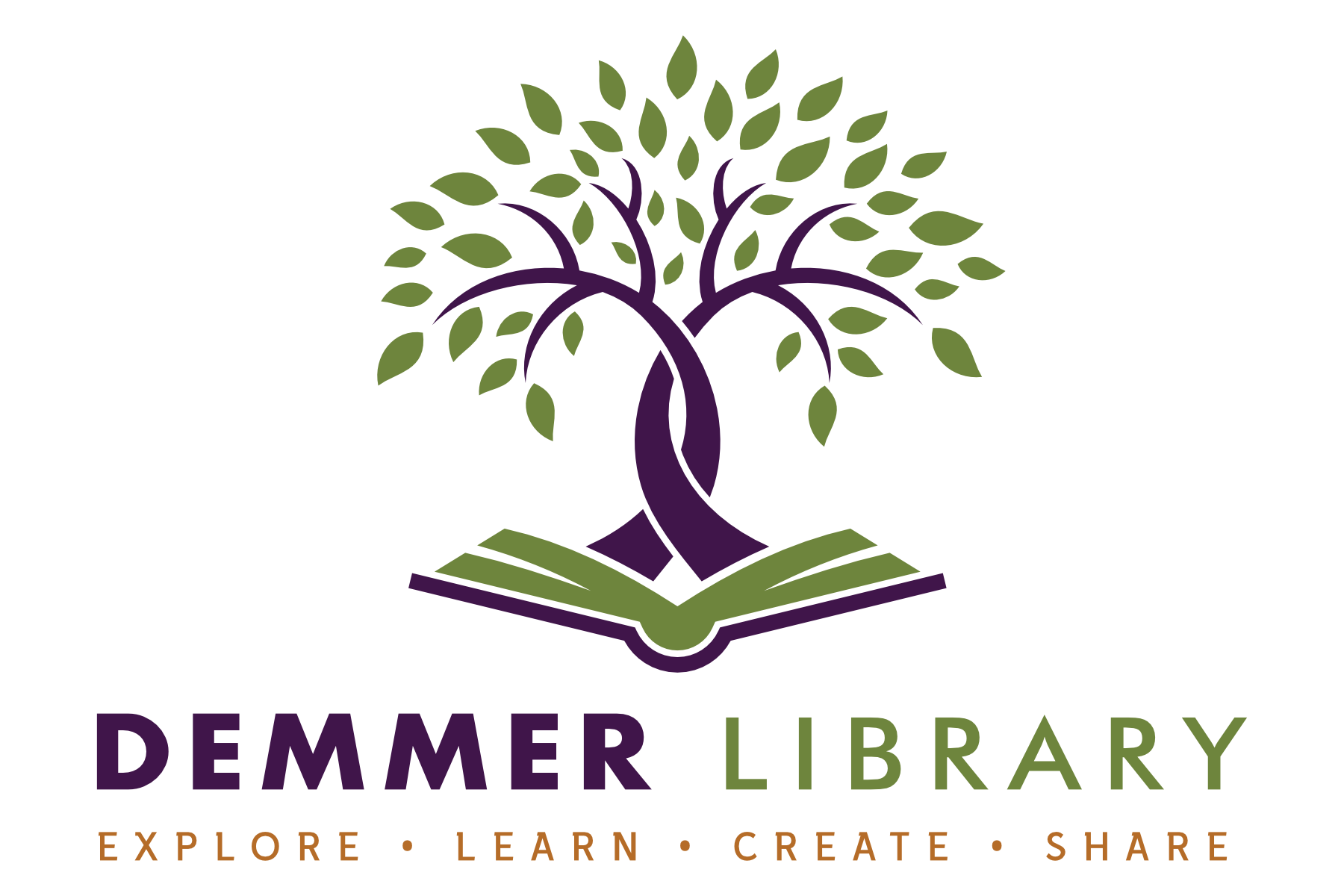About Assessments
For Every Child, Multiple Measures
A parent seeking information about a child’s learning is likely to be told about assessments that are done in the school setting. Assessment is a process of collecting information. Discussions about assessments often use education terminology that may be unfamiliar to a parent. However, misunderstandings about assessments and what the results mean can be avoided by having some basic knowledge of the types, purposes and means of reporting assessment results AND by asking questions and expecting clear answers from those providing assessment information.
Asking questions about your school assessments
No one assessment can provide the breadth and depth of information needed to understand and facilitate the learning of every individual child. With this in mind, parents may find these discussion-guiding questions useful:
- What assessments are used in this classroom/at this grade level/in this district? Specifically, in which assessments does my child participate?
- What is the purpose of these assessments?
- What do the results of the assessments mean in terms of the learning of my child? What actions are likely to be enacted as a result of the findings?
- How, when and with whom are the assessment results shared?
One commonly used way of describing assessments is to think in terms of assessment purposes:
Assessment FOR learning: providing students with ongoing feedback about their work for the specific purpose of helping students improve while they are still gaining knowledge and practicing skills. The information gathered is used by teachers to provide feedback and adjust their instruction, and by students to focus their learning. To accomplish this, teachers may use pre-assessment, questioning, impromptu quizzes, polls, one minute papers, entry/exit slips, think-pair-share exercise with a partner, using simple visual representations, and Interviews and focus groups*.
Assessment AS learning: helping students to set learning goals and monitor their own progress by reflecting on their learning. Students use self-assessment, peer feedback, reflection and journal entries to think about what works best for them*
*If these techniques are mentioned, ask to see a sample and for a description of use.
Both assessment FOR and assessment AS learning provide students with day-to-day feedback on their work. These are often called FORMATIVE ASSESSMENT. The Council of Chief State School Officers (CCSSO) states: “Formative assessment is a planned, ongoing process used by all students and teachers during learning and teaching to elicit and use evidence of student learning to improve student understanding of intended disciplinary learning outcomes and support students to become self-directed learners.
- The aim of formative assessment is to gather actionable feedback that improves the overall teaching and learning process.
- It is a diagnostic method of evaluation.
- Results from formative assessments are immediately made available.
- Formative assessments are non-graded.
Assessment OF learning: evaluation and reporting of progress in the form of grades or scoring after a period of learning or at the end of a unit or course to determine what students have learned. Teachers use multiple assessment tools such as written tests, projects, portfolios, oral presentations and conferences. These are often referred to as SUMMATIVE ASSESSMENT. Included are annual or semi-annual or grade level standardized tests which serve primarily to inform instructional leaders at the building, district, and even state level about progress of large groups of students and have little diagnostic value regarding individual students.
Links
TALKING WITH PARENTS ABOUT ASSESSMENT: 5 Things Parents Need to Know | Assessment Network
Eight Questions Parents Should Ask Teachers About Assessments

